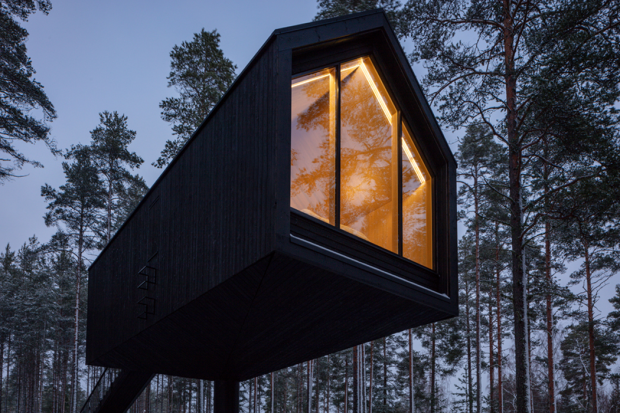
Breaking News
 We All See What Washington Is Doing
We All See What Washington Is Doing
 What Race? Meta "Joining Forces" With China-Founded Manus AI In $2 Billion Deal
What Race? Meta "Joining Forces" With China-Founded Manus AI In $2 Billion Deal
 The Telegraph: After Venezuela, Trump sets sights on Greenland?
The Telegraph: After Venezuela, Trump sets sights on Greenland?
 TSA Starts Collecting 'DNA' With Law Now In Effect At US airports
TSA Starts Collecting 'DNA' With Law Now In Effect At US airports
Top Tech News
 Laser weapons go mobile on US Army small vehicles
Laser weapons go mobile on US Army small vehicles
 EngineAI T800: Born to Disrupt! #EngineAI #robotics #newtechnology #newproduct
EngineAI T800: Born to Disrupt! #EngineAI #robotics #newtechnology #newproduct
 This Silicon Anode Breakthrough Could Mark A Turning Point For EV Batteries [Update]
This Silicon Anode Breakthrough Could Mark A Turning Point For EV Batteries [Update]
 Travel gadget promises to dry and iron your clothes – totally hands-free
Travel gadget promises to dry and iron your clothes – totally hands-free
 Perfect Aircrete, Kitchen Ingredients.
Perfect Aircrete, Kitchen Ingredients.
 Futuristic pixel-raising display lets you feel what's onscreen
Futuristic pixel-raising display lets you feel what's onscreen
 Cutting-Edge Facility Generates Pure Water and Hydrogen Fuel from Seawater for Mere Pennies
Cutting-Edge Facility Generates Pure Water and Hydrogen Fuel from Seawater for Mere Pennies
 This tiny dev board is packed with features for ambitious makers
This tiny dev board is packed with features for ambitious makers
 Scientists Discover Gel to Regrow Tooth Enamel
Scientists Discover Gel to Regrow Tooth Enamel
 Vitamin C and Dandelion Root Killing Cancer Cells -- as Former CDC Director Calls for COVID-19...
Vitamin C and Dandelion Root Killing Cancer Cells -- as Former CDC Director Calls for COVID-19...
Tiny cabin balances on a single pillar within Finnish highlands

The 30-sq-m (323-sq-ft) Niliaitta prototype is raised above the ground and balances on a single central pillar. The modern cabin was inspired by traditional Niliaitta huts, which were historically used by the local Samí as a type of food storage to prevent animals from accessing it.
"We aimed to create a modern version of the historical Niliaitta and centered the design of the cabin form on that," studio Puisto lead architect Mikko Jakonen tells New Atlas. "This cabin serves as the prototype for the rest of the resort area. In the future, the whole area will have 25 of these specific Niliaitta cabins (raised up into the air) along with 25 other types depending on the natural diversity of the exact spot – some will be anchored above the water while others will be rooted into the ground."
The Niliaitta cabin features a pine facade with a black-toned wood oil finish. The interior boasts natural pine paneling with small ridges, chosen to compliment the compact internal living space and to give the impression that the dwelling is larger than it actually is. The cabin is raised above the ground by a central 60-cm (23.6-in)-diameter steel pillar. The pillar is filled with concrete to prevent any vibrational movement and is rooted into a 60,000-kg (roughly 132,280-lb) concrete block foundation, which supports the entire structure.
"On top of the steel pole, there's a rigid steel structure, but everything above that is made out of wood," explains Jakonen. "Structurally, it's similar to a mast structure that's used to support wind power plants. Visually, the optical trick of lifting a seemingly normal looking cabin up on just one pole attracts a lot of attention. Upon first glance, the cabin appears to be floating (as the pole seemingly blends into the forest backdrop surrounding it) and looks peculiar given it otherwise is not an outwardly different looking cabin. To maintain the archetype of a house, we purposefully kept the form of the cabin simple with the spatial surprise happening within."



